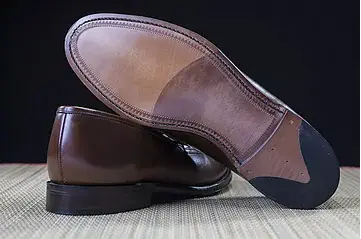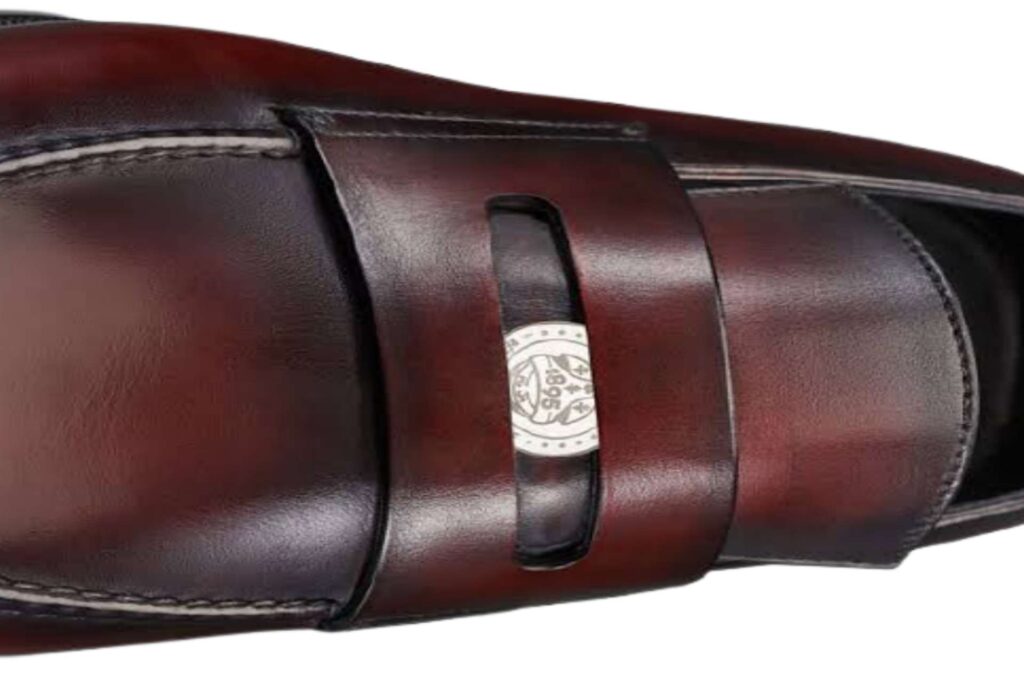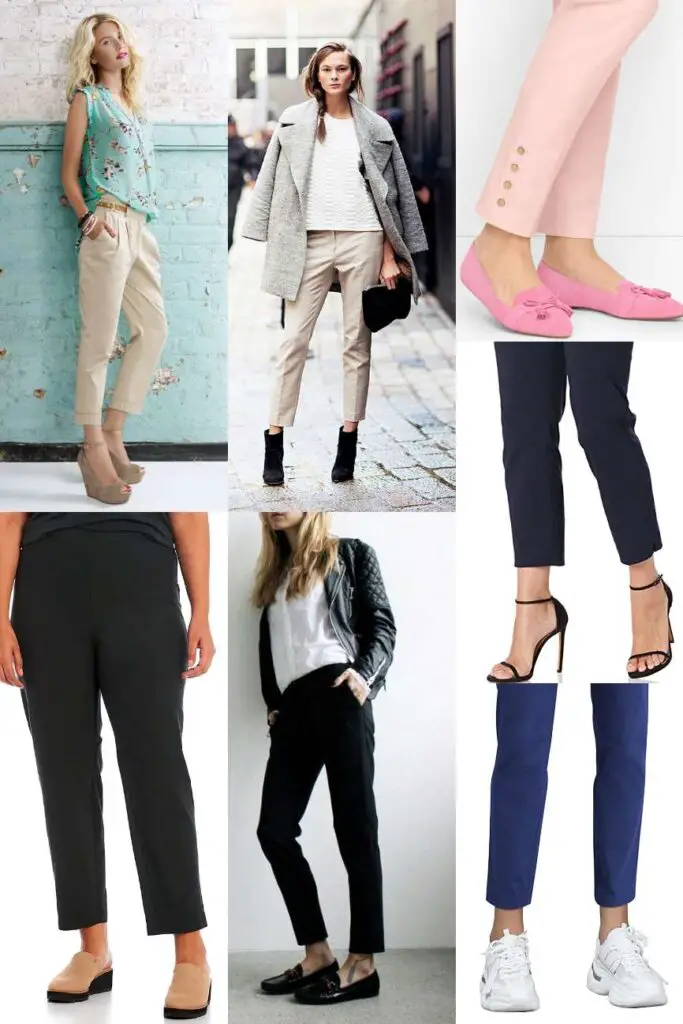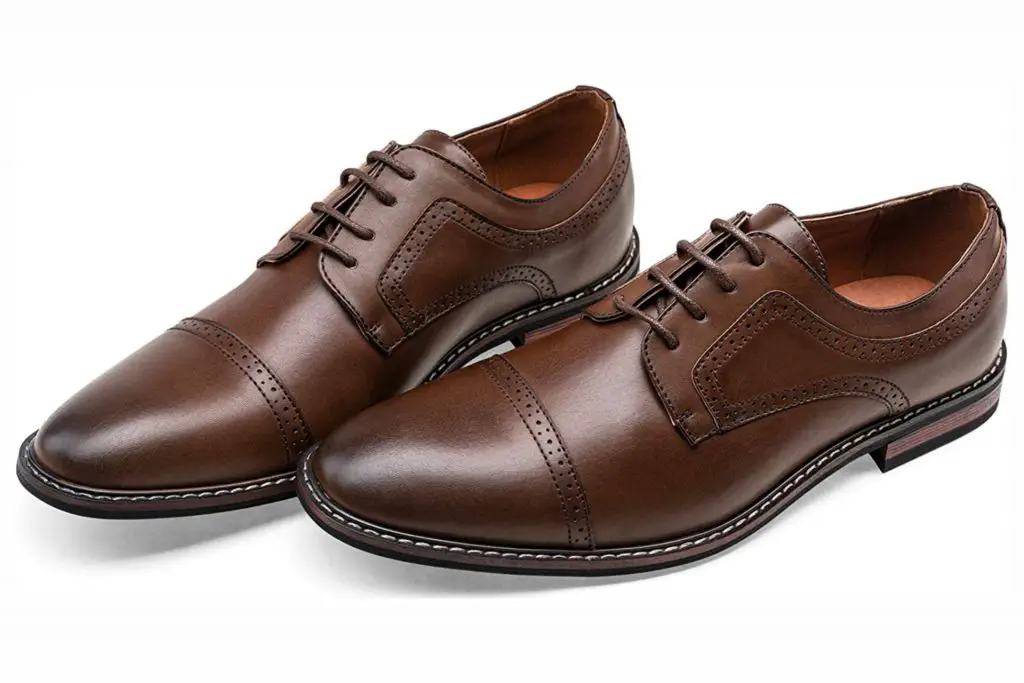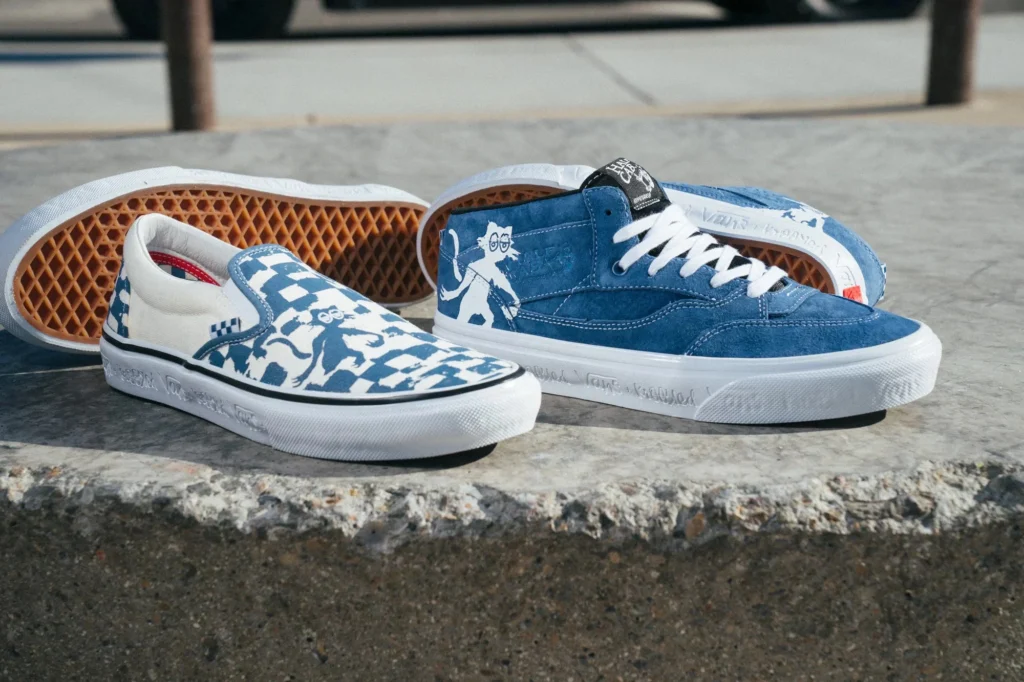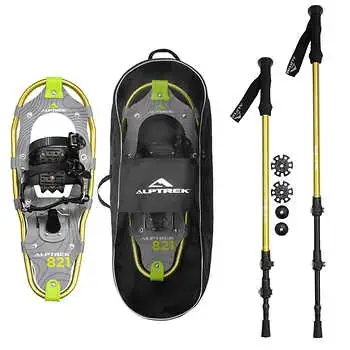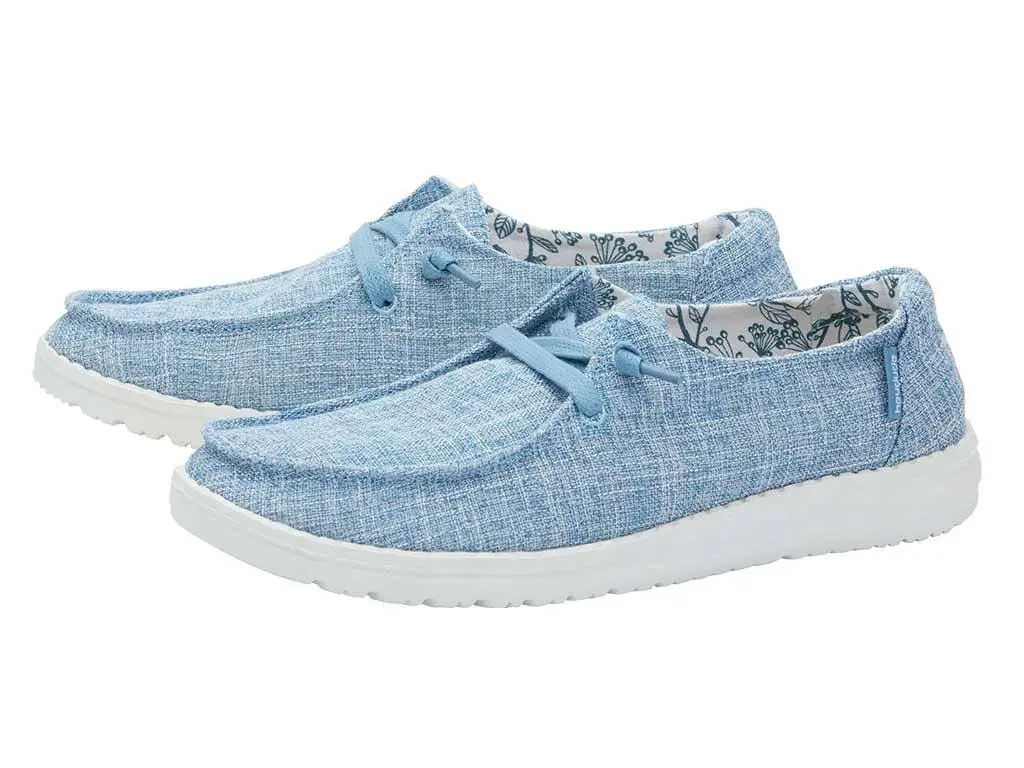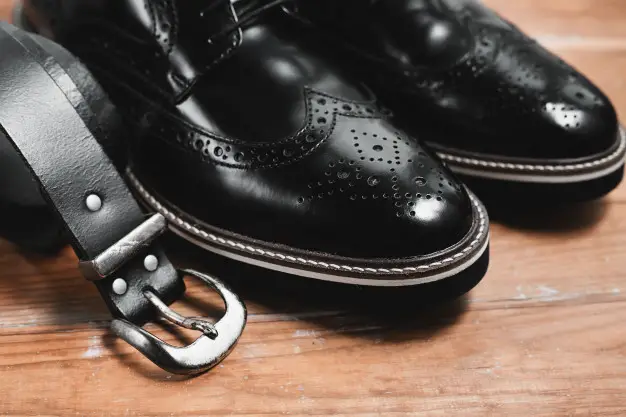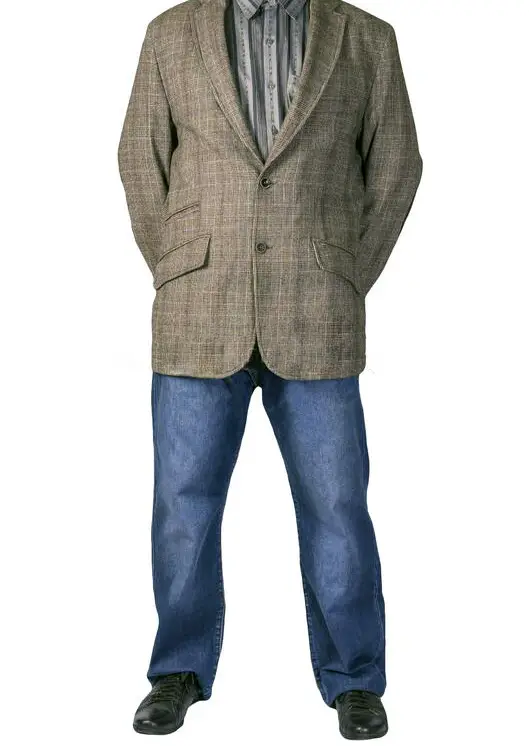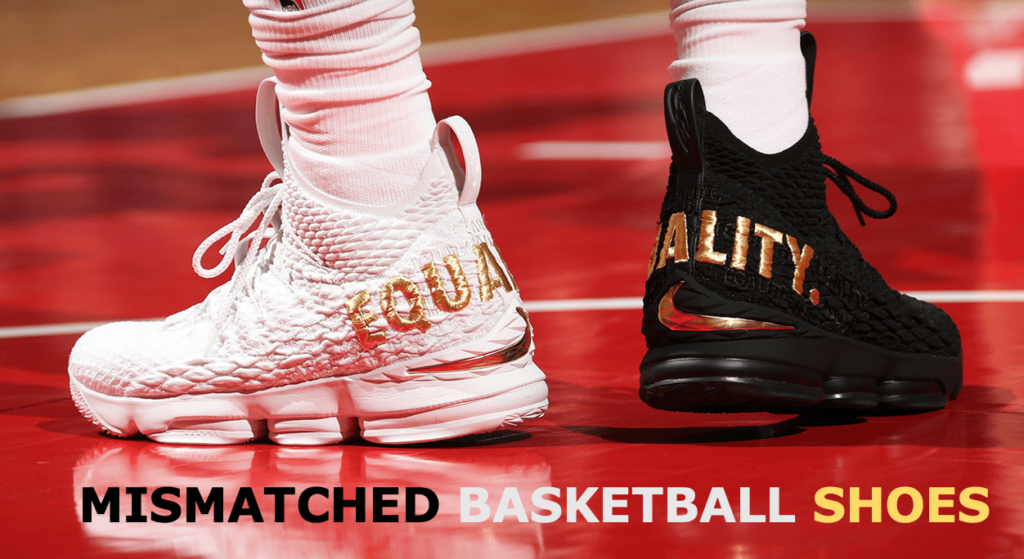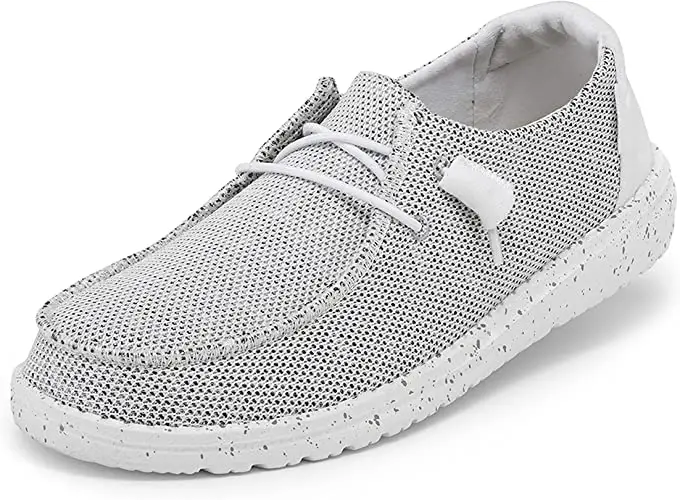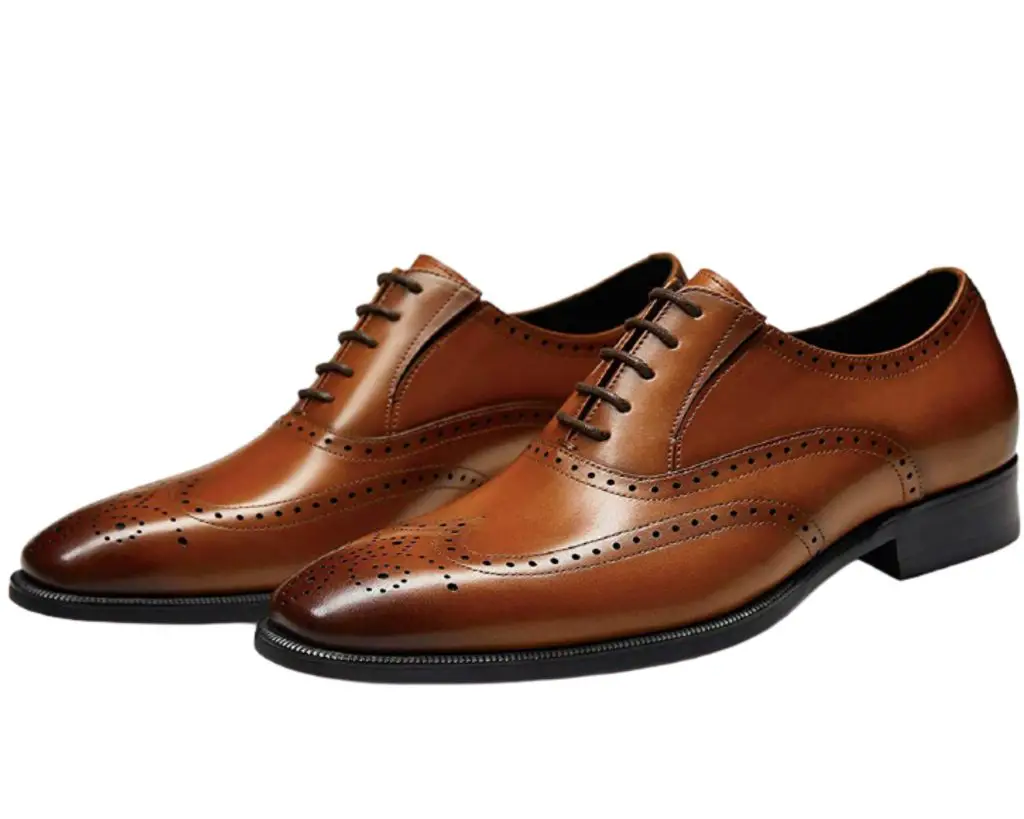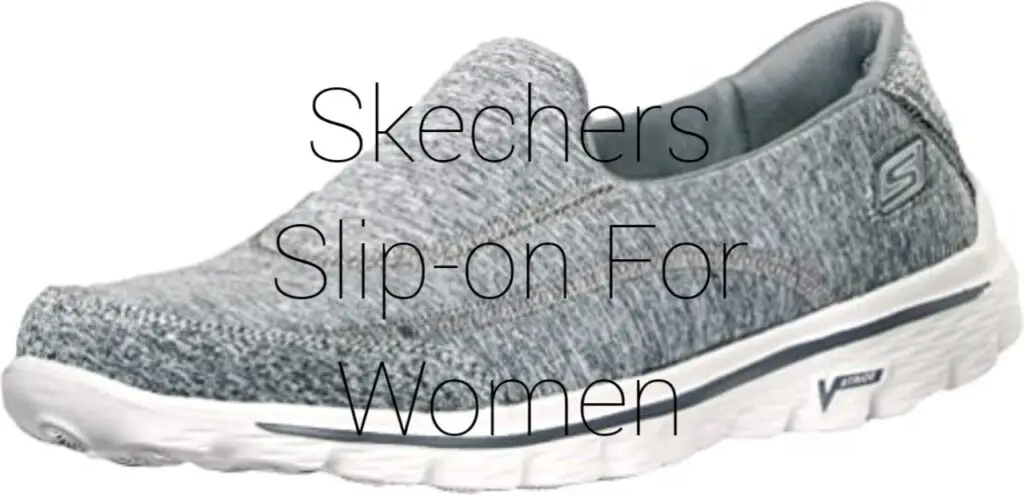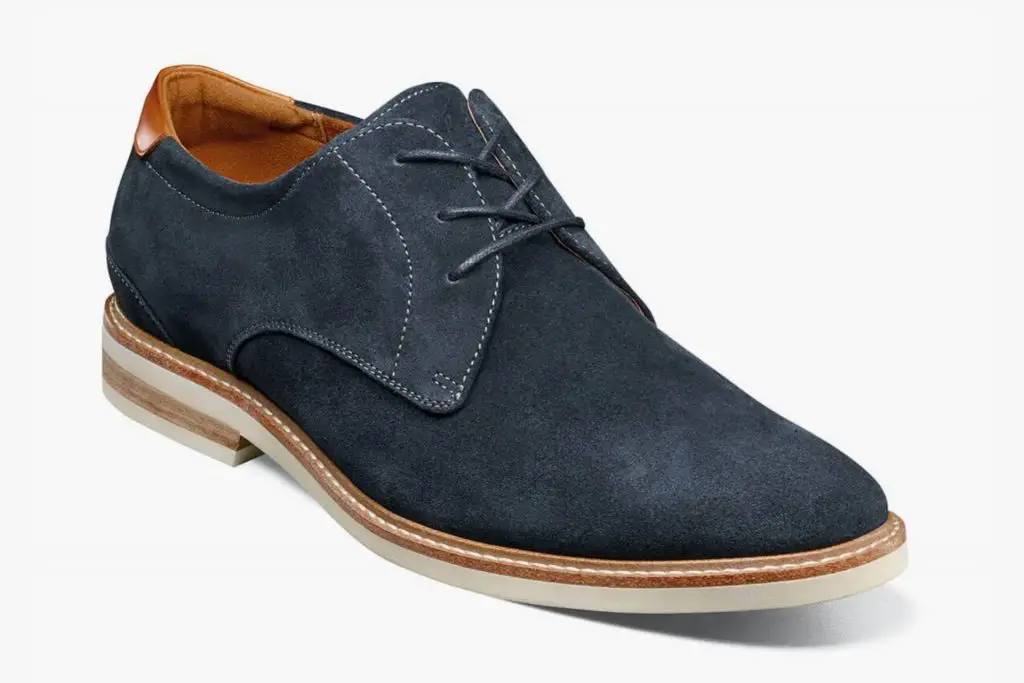We can never underestimate the power of a good shoe sole, especially if you have walked barefoot on rough or hot terrain. The shoe’s sole protects your feet from harmful objects or chemicals while keeping them clean.
There are many shoe soles, but it all depends on what you need them for. For instance, you can’t use a leather-soled shoe for hiking because it doesn’t offer enough grip on rocky terrain as a TPR sole would.
Hence, we compiled a list on this article to give you a better guide on the best shoe sole materials and their purpose. So take your time and enjoy reading.
Table of Contents
ToggleBest shoes sole - Overview
Best shoes sole for hiking and running: TPR sole
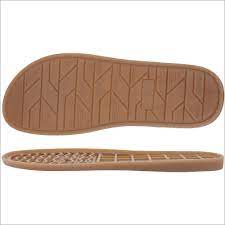
Specification
- Lightweight
- Slip-resistant
- Flexible
- Good tear strength
- Durable
- Recyclable
Best shoes sole for walking: PU sole
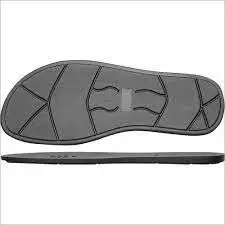
Specification
- Lightweight
- Durable
- Chemical resistant
- Slip resistant
Best shoes sole for industrial work: PVC sole
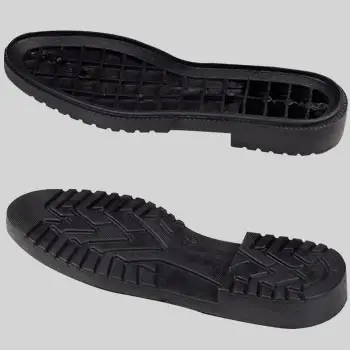
Specification
- Abrasive resistant
- Oil resistant
- Durable
- Good insulation
- Shock absorbing
Best shoes sole for formal/elegant wear: Leather sole
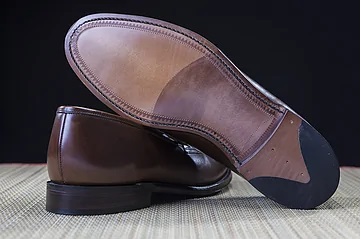
Specification
- Breathable
- Thermal insulation
- Resistant to perforation
6 Best shoes sole materials
1. Thermoplastic rubber or TPR sole (best for hiking and running)

Thermoplastic rubber, also known as TPR, is the best sole for sports, outdoor, indoor, and casual activities. It is made from molding and compounding rubber granules from solid raw materials. TPR has the property of rubber and plastic material, which makes it easy to process and form.
This sole is highly flexible and elastic. It has excellent durability and abrasion resistance. Soles made from this material are best for shoes that need to be flexible, have good longevity, and slip resistance throughout their use.
- Lightweight
- Excellent abrasion resistant
- Can be recycled
- Super flexible
- Provides a firm grip
- Lacks sufficient ventilation
2. Polyvinyl chloride or PVC sole (best for industrial work)
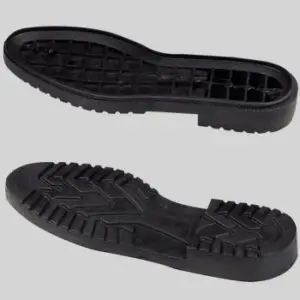
Aside from being used to make water pipes, this sole material is important in the shoe industry to produce good thermal insulation outsole for your industrial work. It is durable and offers resistance to abrasion, water, and chemicals.
It is more like a synthetic alternative to leather due to its vast functions. It can easily be molded into different shapes to make various styles for you to choose from. Standing all day won’t be a problem as it absorbs shock and offers additional support to your feet.
- Strong
- Ensures maximum durability
- Offers abrasion and slips resistance
- Protects your feet from harmful chemicals
- Provides excellent insulation
- Has poor ventilation
- Not enough grip
- Heavy
3. Polyurethane sole or PU (best for walking)

This material is considered the best overall for all sole materials. It is the most sought-after by shoe manufacturers because of its superior qualities. You can walk on wet surfaces knowing that the PU sole has your back.
It offers maximum cushioning and is very light. PU is injected on the outsoles of walking shoes because of its stability and comfort. The sole has various mechanical properties, which makes it versatile for any form of shoe wear. It offers excellent wear resistance, impact absorption, and moderate slip resistance. You can stand all day at work with this material of sole.
- Has a low density
- Waterproof and absorbs shock
- Slip and wear resistant
- Highly durable
- Expensive
- Offers poor ventilation
4. Rubber sole or RB
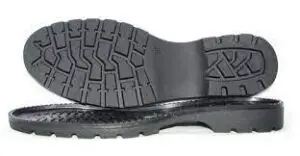
Rubber is another material that is mostly used by shoe brands to produce outsoles for their shoes. Brands like Nike, Skechers, and Adidas use rubber soles for their shoes. While they may seem similar to PU sole, they are different.
Polyurethane lasts longer than rubber, especially when stretched or exposed to stress. PU also lasts longer and can be recycled multiple times more than rubber.
Nevertheless, rubber soles still have good qualities. It absorbs vibration and does not quickly wear out. It is elastic and waterproof. With rubber, the longevity of your shoe sole is guaranteed.
You can also check out the comparison between rubber and leather sole.
- Waterproof and slip resistant
- Excellent shock absorption
- Features thermal insulation properties
- Not very durable
- Heavy
5. Ethylene Vinyl Acetate or EVA
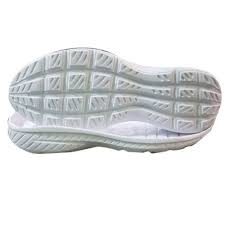
This material is so versatile that it can be used for interior lining, midsole, and outsole. It is another popular material shoe brands use to produce their shoes’ outsole. Among other soles, EVA is currently the best shock-absorbing sole.
It is plastic but created to have rubber-like properties. However, it is more elastic and flexible than rubber soles. You can watch this YouTube video to learn more.
It is extremely lightweight and incredibly flexible. Its elasticity is top-notch and can be used to construct running trainers and other wear. Brands like Hey Dude make use of EVA material for their outsole.
- Extremely lightweight and cushiony
- Has the best shock-absorbing properties
- Elastic and very flexible
- Not durable
- Doesn’t offer enough slip resistance
- Can’t withstand abrasion and long-term compression
- Picks up dirt easily
6. Leather sole (best for formal wear)
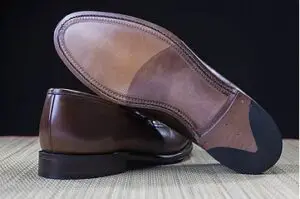
The leather sole gives an elegant style to your shoe. However, it doesn’t offer slip resistance right out of the box. You have to wear it for a long time. Otherwise the sole is perfect. You can always take it easy with your steps to ensure you don’t slip.
Due to its porous nature, the sole offers maximum ventilation, and, although it is breathable, it still offers good thermal insulation. However, leather soles are not completely weather-proof, which means water can penetrate through them. Therefore it is not advisable to wear them in the rain or on wet surfaces.
- Offers proper insulation to your feet
- Breathable
- Easy to resole
- Looks classy
- Flexible
- Doesn’t provide slip-resistance
- Not water-resistant
FAQ
What type of shoe sole is the best?
PU sole is the best shoe sole. Its quality features make it outstanding among other soles. PU has proven to have a high competitive power over other sole materials. Manufacturers currently use it to produce various types of footwear, including sandals, casual sneakers, and trainers.
Rubber sole could have been a strong contender, but it is not as durable and lightweight as PU sole.
Which type of sole is most comfortable?
The rubber sole is the most comfortable. It is very flexible and absorbs shock on hard surfaces. Rubber soles also offer a bouncing effect on your feet while walking. You could stand all day with it and still not feel a thing.
After the rubber sole, the TPR is the next most comfortable shoe sole. Its flexibility is top-notch and protects your feet from a rough terrain.
Which sole is best for walking?
When it comes to the best shoe sole for walking, no sole competes with PU sole. Although other soles are great for walking, PU sole is better in that aspect because they are very lightweight and durable.
You won’t notice how far you have walked because of how lightweight it is. It has great abrasion resistance, so you don’t have to worry about its longevity. Lastly, it’s highly flexible.
Which sole is best for grip?
TPR sole is undefeated when it comes to offering a firm grip on your feet. That is why the sole is best for hiking and running. The sole enhances better traction on any terrain, be it wet or rough. Its slip-resistant feature is top-notch, as it is a mixture of rubber and plastic.
TPR soles can can handle rough terrains and are therefore perfect for outdoor activities and adventures.
Conclusion
To wrap it up, different soles have different purposes. It all boils down to the kind of shoes you want and what you would use them for.
For a classy and formal look, leather-soled shoes are the way to go.
If you want to go on a hike, make sure to wear shoes with a TPR sole.
However, if you choose to have shoes for casual purposes, then check out soles like rubber and PU.
It’s all about choosing the right sole for the right occasion.

